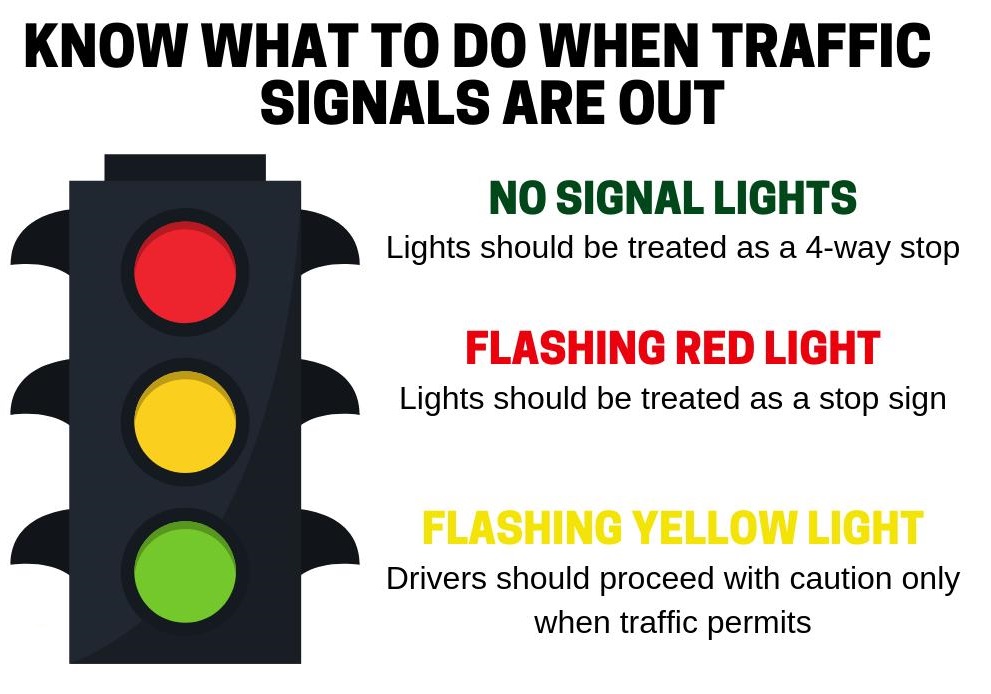Signal Lights at Intersections
Traffic signals are designed to ensure an orderly flow of traffic, provide an opportunity for pedestrians or vehicles to cross an intersection and help reduce the number of conflicts between vehicles entering intersections from different directions.
Why do some intersections have left-turn arrows and others don’t?
Left-turn arrows are installed where they can reduce the overall delay experienced by motorists, or at locations that have an identified left-turn crash problem that an arrow can improve. If installed indiscriminately they can cause more problems than they solve. Left-turn arrows typically decrease the delay for left-turning drivers, but increase the delay for through traffic. At locations where there is a high volume of left turns and delays are high, the longer delay a turn arrow causes for through traffic can be offset by the decrease in the delay for those turning left. However, where the volume of through traffic is considerably higher than left-turning traffic, the benefit to left-turning traffic usually does not outweigh the increase in delay for through traffic. If arrows are installed under these circumstances, it can lead to more congestion, increases in fuel consumption and emissions and an increase in rear-end crashes.
Why are there cameras at some signalized intersections?
The cameras are vehicle detectors used in the operation of the traffic signal. Video detection offers advantages over in-pavement detectors, including more flexibility in the placement of vehicle detection zones and better detection of bicyclists and motorcyclists. They can be used to count the amount of traffic lane by lane to help time the signal.
Basic traffic signal operations
Steady red arrow
• No left turns are allowed during red. STOP and wait for flashing yellow arrow or green
arrow.
Steady yellow arrow
• Signal is about to turn red. Be prepared to STOP.
Flashing yellow arrow
• Left turns are permitted but not protected. Proceed with caution after YIELDING to
oncoming traffic.
Steady green arrow
• Left turns are protected from oncoming traffic. The green arrow can come at the beginning or end of the signal sequence
Through Lane
Solid Red
• A red signal means “STOP.” You can make a right turn after you stop and yield to all
other traffic. Do not turn if a “NO TURN ON RED” sign is posted.
Solid Yellow
• A yellow signal light means “CAUTION,” the red signal is about to appear.
Solid Green
• A green light means “GO,” after first yielding to vehicles and pedestrians already lawfully
in the intersection.

